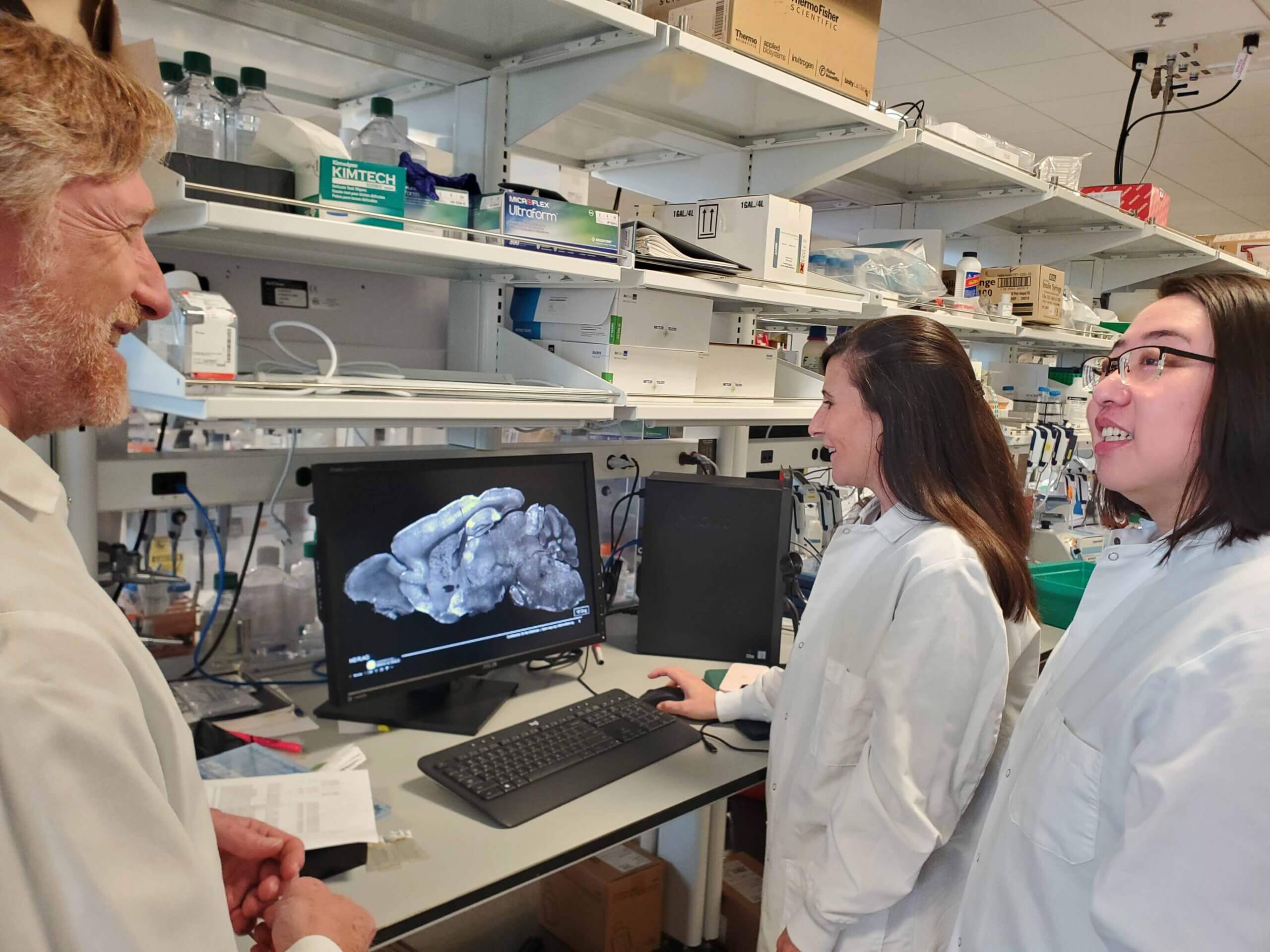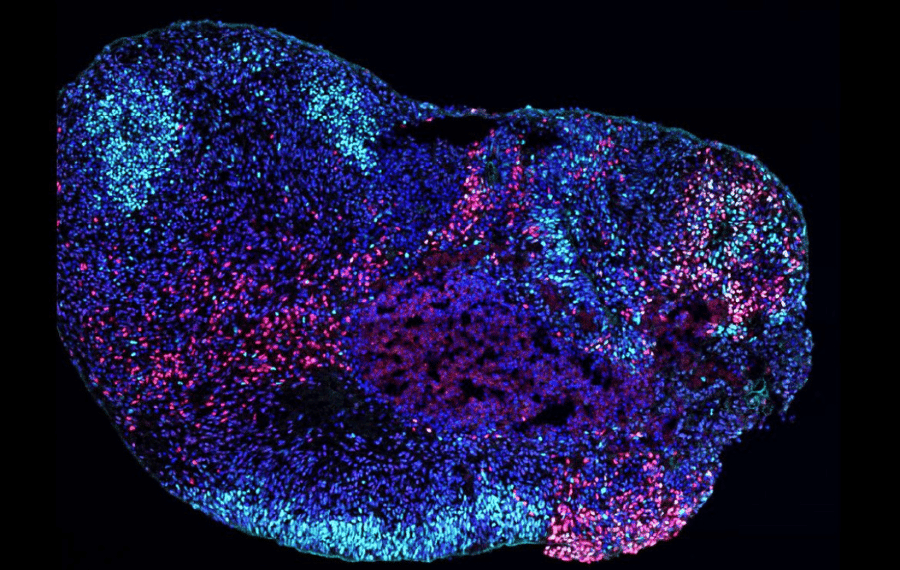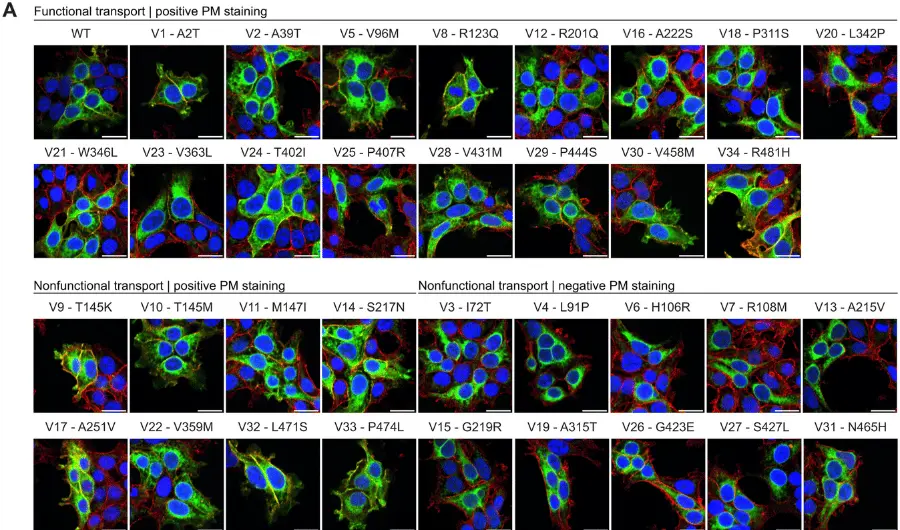Distinct T Cell Dysregulation Reflects Disease Severity and Progression in Infantile Epileptic Spasms Syndrome and Lennox-Gastaut Syndrome
Developmental and epileptic encephalopathies (DEEs), including Infantile Epileptic Spasms Syndrome (IESS) and Lennox-Gastaut Syndrome (LGS), are severe pediatric conditions characterized by profound developmental delays and treatment-resistant epilepsy.
LGS, typically diagnosed between 3 and 5 years of age, is a severe childhood-onset epilepsy that often develops from earlier epileptic syndromes such as IESS. It is characterized by its complex seizure types and distinctive electroencephalogram (EEG) patterns, particularly slow spike-and-wave complexes.
The transition from IESS to LGS in some patients represents significant, yet poorly understood, clinical progression within DEE. Recent research has increasingly focused on the role of the immune system in the pathophysiology of epilepsies, including DEE. Although steroid therapies provide some clinical benefits, the underlying immunological mechanisms remain poorly understood.
In a recent study, researchers performed comprehensive immune profiling to identify distinct patterns of immune dysregulation, focused on specific immune cells called T cells. These unique cells release substances called cytokines. One of several findings from the study was that children with IESS and LGS had T cell characteristics and cytokine profiles that were distinct from children who did not have epilepsy.
While these findings enhance the understanding of immune involvement in these disorders, further mechanistic studies and controlled clinical trials are required to clarify the exact roles of these immune alterations and to evaluate the feasibility and efficacy of immunomodulatory strategies.








